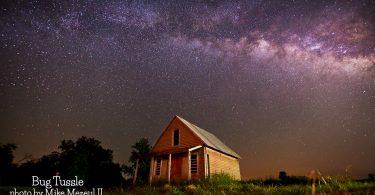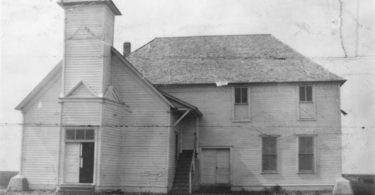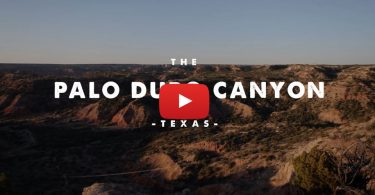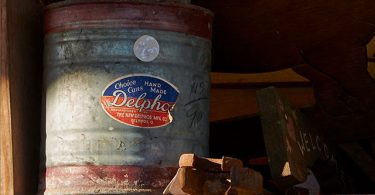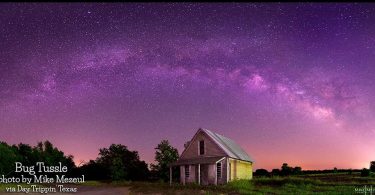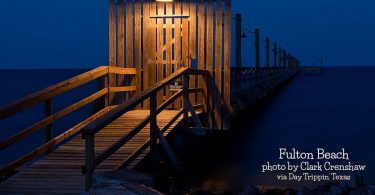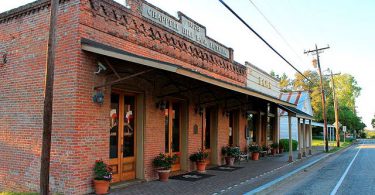Mount Blanco is on the Caprock escarpment off Farm Road 193 fifty-five miles northeast of Lubbock in northern Crosby County. It was named for a nearby mesa, which in turn derived its name from Blanco Canyon to the west. The community was the site of the first permanent settlement on the West Texas plains.
In the summer of 1877 Henry Clay Smith, who became affectionately known as “Uncle Hank,” drove in 500 to 600 head of cattle, and the following spring began construction on the Rock House, a two-story ranchhouse with walls twenty-two inches thick, built of stone blocks hewn in Blanco Canyon.
The rock house was on the military trail, at that time the only road across the Llano Estacado. The nearest post office was at Fort Griffin, 175 miles away, and to remedy this situation, Hank Smith had his house designated the Mount Blanco post office in 1879. Mrs. Smith (Elizabeth Boyle), the first postmistress, served for thirty-seven years, until 1916.
was finally dissolved in 1965, when members of the Missionary Baptist Church, established at Mount Blanco in 1918, voted to disband. For years the West Texas Pioneers’ and Old Settlers’ Reunion was held at the rock house in what is now known as the Hank Smith Memorial Park. The house, however, burned in 1952, and only the walls remain standing. A replica of the Hank Smith rock house containing collections from the Smith family can be seen at the Crosby County Pioneer Memorial Museum in Crosbyton.
reprinted from Texas State Historical Association | Photo Leaflet


